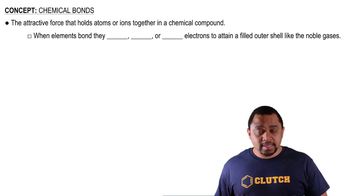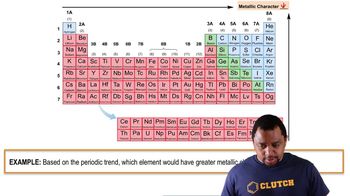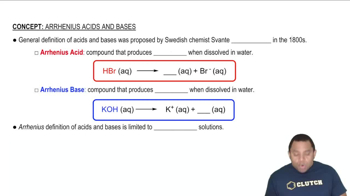Here are the essential concepts you must grasp in order to answer the question correctly.
Chemical Bonding and Structure
Carbon forms carbonate (CO3^2-) due to its ability to form strong covalent bonds with oxygen, resulting in a stable trigonal planar structure. This geometry allows for effective overlap of atomic orbitals, leading to resonance stabilization. In contrast, silicon, while also capable of forming silicates, has a larger atomic radius and different bonding characteristics that result in less stable structures compared to carbonates.
Recommended video:
Electronegativity and Ionic Character
Carbon has a moderate electronegativity, allowing it to form stable covalent bonds with oxygen in carbonate ions. The difference in electronegativity between carbon and oxygen facilitates the formation of polar covalent bonds, which contribute to the stability of the carbonate ion. Silicon, being less electronegative, tends to form more ionic bonds in silicates, which can lead to less stable structures in comparison to carbonates.
Recommended video:
Metallic Character Example
Acid-Base Chemistry
Carbonate ions can act as weak bases, reacting with acids to form carbon dioxide and water. This property is crucial in biological and geological processes, such as buffering systems in natural waters. Silicates, on the other hand, do not exhibit the same level of acid-base behavior, limiting their role in similar chemical equilibria, which further emphasizes the unique stability and reactivity of carbonates compared to silicates.
Recommended video:
Arrhenius Acids and Bases

 Verified step by step guidance
Verified step by step guidance

